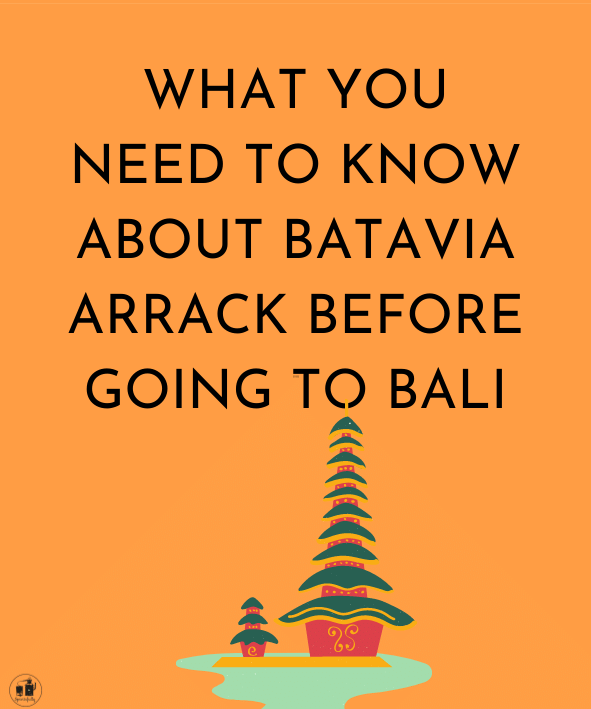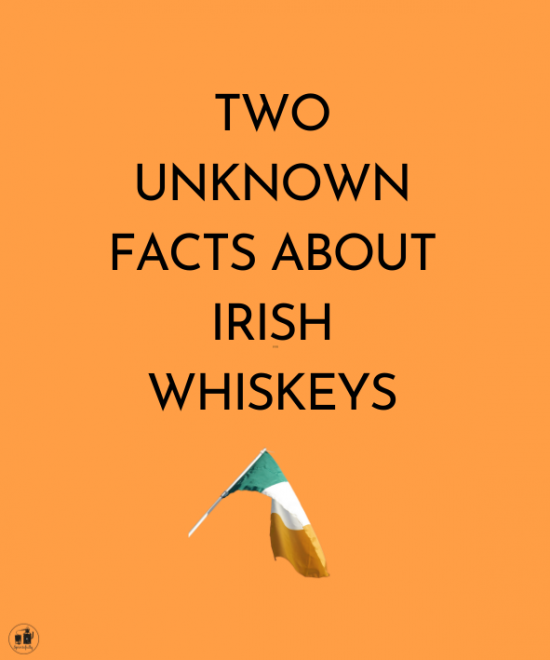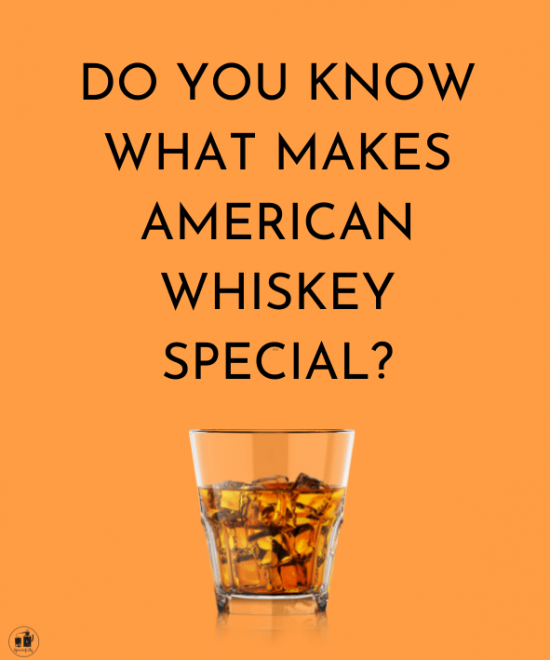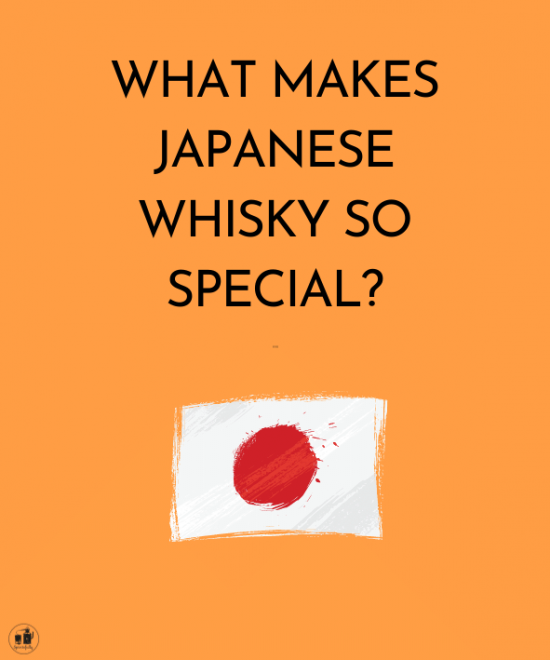In short arrack or Batavia Arrack is a spirit from Indonesia, made from sugar cane (with red rice for the premium version, among other).
What else do you need to know?
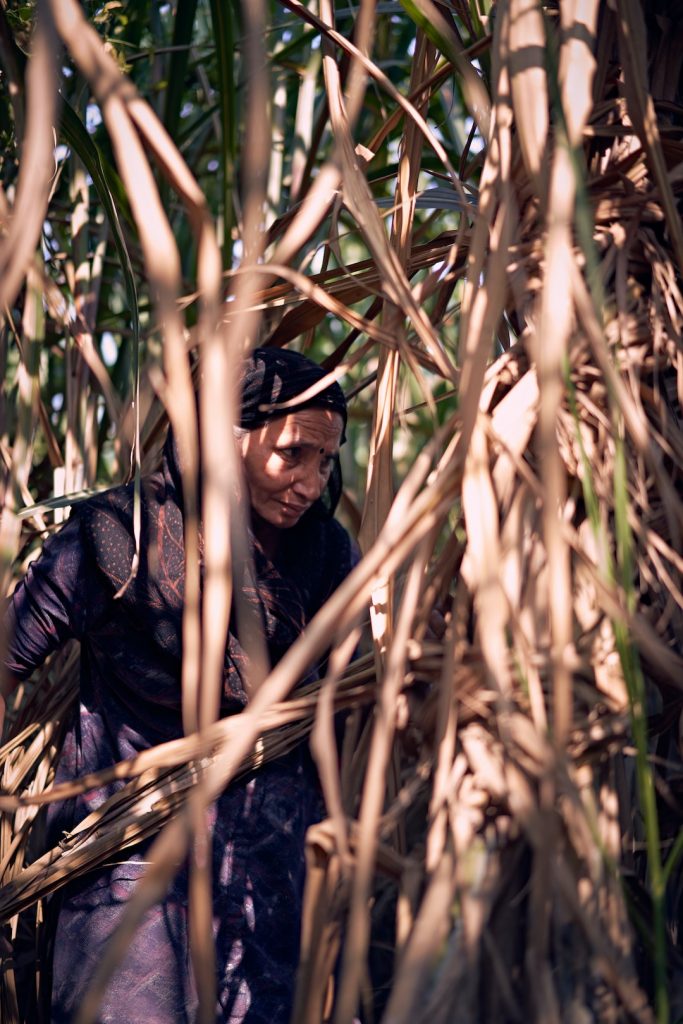
In Malaysia and Indonesia, the sap coming from the palm trees is named tuak. Although tuak obtains a low alcohol content rather quickly given the high sugar content, it can be further fermented to become Arrack.
How?
First whether the palm wine or the coconut water are let to ferment. They can already reach a good alcohol content. The coconut water/wine or palm wine container is filled with fermented palm wine and boiled over a wood fire to maintain heat and steam. It is connected to the second drum by a stainless steel pipe or a bamboo tube depending of more or less industrial the production is..
This second drum contains water to cool down Arrack.
There are 3 types of ingredients Arrack is made from: from the sap of palm, coconut, or rice (very rarely) and this is also what gives them names, style names. The two most consumed are palm and coconut araks, because they offer a stronger taste and are better to taste.
Arrack is also used for both internal and external medicinal purposes. Beyond this, it is also in use for Balinese Hindu religious ceremonies and in this case often diluted up to 70% water.
In Indonesia, Arrack can vary widely in strength and toxicity. Poor production techniques sometimes lead to methanol in the finished product. So always check the provenance!
In both Malaysia and Indonesia, the local spirit distilled from coconut palm trees is also spelled as “arak” rather than “arrack”.
